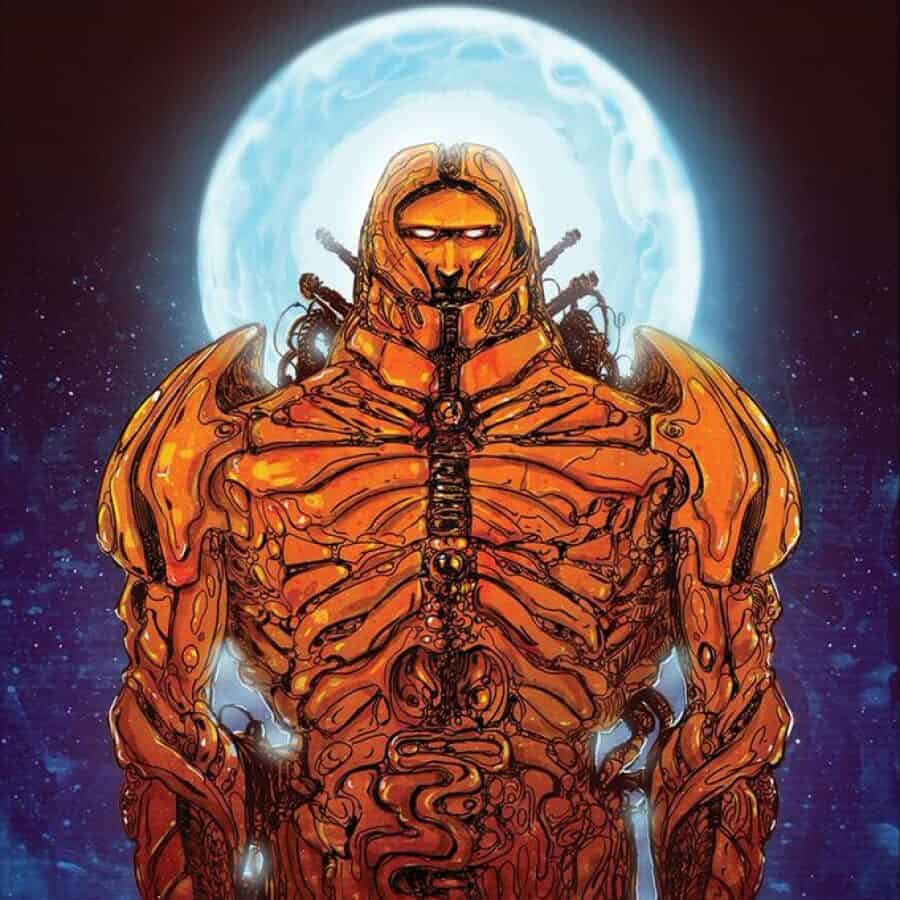Enis Cisic is living proof that hard work can get you anywhere you want. Enis has fulfilled his childhood wishes – working in the comic industry, as a professional. And for no less than Marvel Comics. In this interview you will get a sneak peek at how he succeeded, and learn more about a journey which has led to the most fulfilling outcome possible – a dream come true.
Meet a Bosnian Comics Artist- Enis Cisic
Tell us a little about yourself, your beginnings with comics and how did you manage to be one of the most famous Bosnian comics artist?
I was into drawing from the time I was a child. The best examples are my earliest works, which were kept just because they were done on the last pages of a photo album.
I was about six years old when I did those drawings, inspired by the movies I watched then.
Actually, I never really stopped drawing, but only after high school got to realize how much I liked it.
After college I got my first job in an advertising agency, where I worked on 3D modeling and animation, which was a period when I didn’t draw that much.
After almost ten years of experience in the agency, I went back to drawing and realized that’s the only thing I really want to do.

What drove you to choose your career path?
A strong will to fulfill my childhood dream to draw comics.
In the advertising agency I got a lot of experience, but it pulled me away from my real wants and dreams.
Also I had this great force, inside of myself, yearning for changes, and I realized it was time to move on.
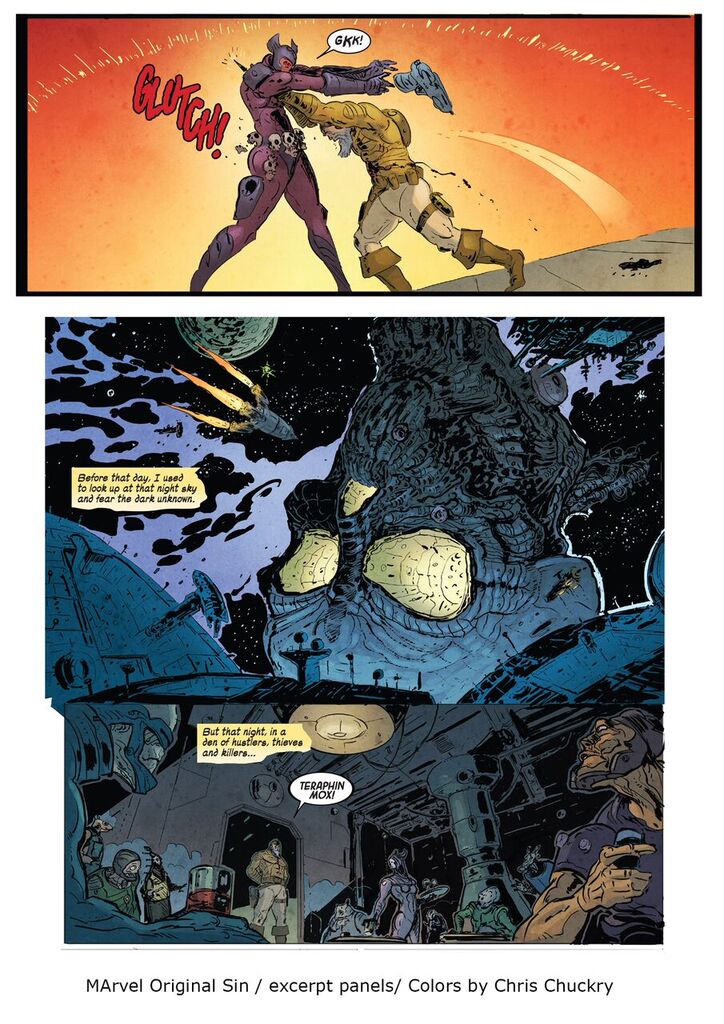
How did the story with Marvel start, actually?
When I decided to show my CV to C.B. Cebulski, a talent scout who came to Mafest (comic fest) at Makarska (Croatia).
A couple of years before that, I realized that I had to improve my drawing skills, so I started from the beginning.
I threw away everything that I had worked on before and started as if I never held a pencil in my hand. That reset helped me to clarify my drawing style. I
n that period I did some works which I’m still very proud of and which ended up in the, already mentioned, CV of mine.
Also, I met a lot of artists from the region who were very supportive and motivational. At Mafest, I contacted C.B. Cebulski and got a couple of scenarios. The procedure was such that you picked one of the scripts and then did six pages of comics.
That’s a kind of test. Marvel, just like any other publishing house, is not looking only at your drawing but also at your skills at visualization, and ways of framing and editing the picture.
I picked a comic called Moonknight and submitted the required six pages.
After that, I got an e-mail that I could sign a contract and start working on my first project for Marvel.
Since then, has anything in your life changed?
Changes were already happening – and all for one cause, to start a professional career in the comic industry. I had developed a system and schedule of work, which I use even today. The only difference is that, now, I can self-organize.
What was your first task when you started working for Marvel? Did you have any great expectations?
My first project was Original sin annual. First, I got information about what to do exactly, a short synopsis, stories, and characters. My first assignment was to do a concept of a character design.
While I was drawing characters, the screenwriter Jason Latour was preparing the script. Everything I did, along with screenwriter’s suggestions, was good for my editor in chief.
I can say that working for Marvel is primarily a matter of team work, which I already knew.
I was also mostly happy that they had just accepted my application, so I didn’t really have any other expectations. What was important for me, was that I must do the project on time and in the best way possible.
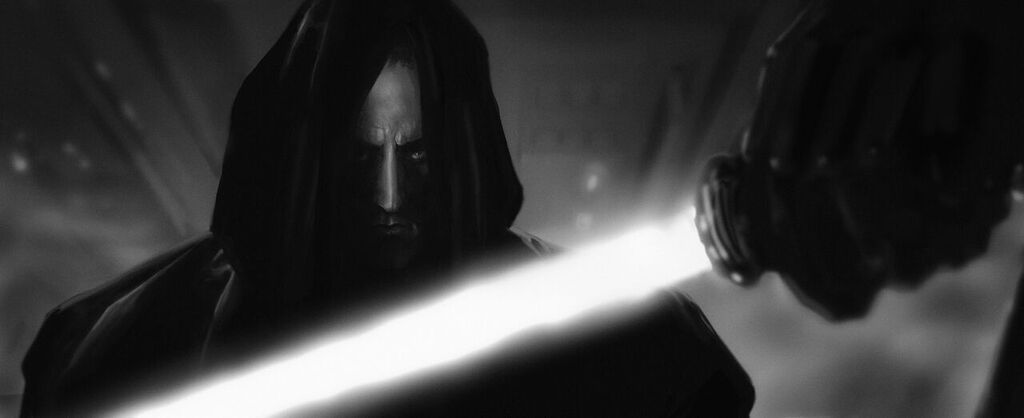
What do you spend the majority of your time doing, beyond what other people can see?
Drawing exercises, every day, several hours.
That’s something you don’t see. A lot of sketches and drawings stand behind every illustration and page of the comic. A lot of the drawings are thrown away, because they are just one phase in a process of developing artistic drawing skills.
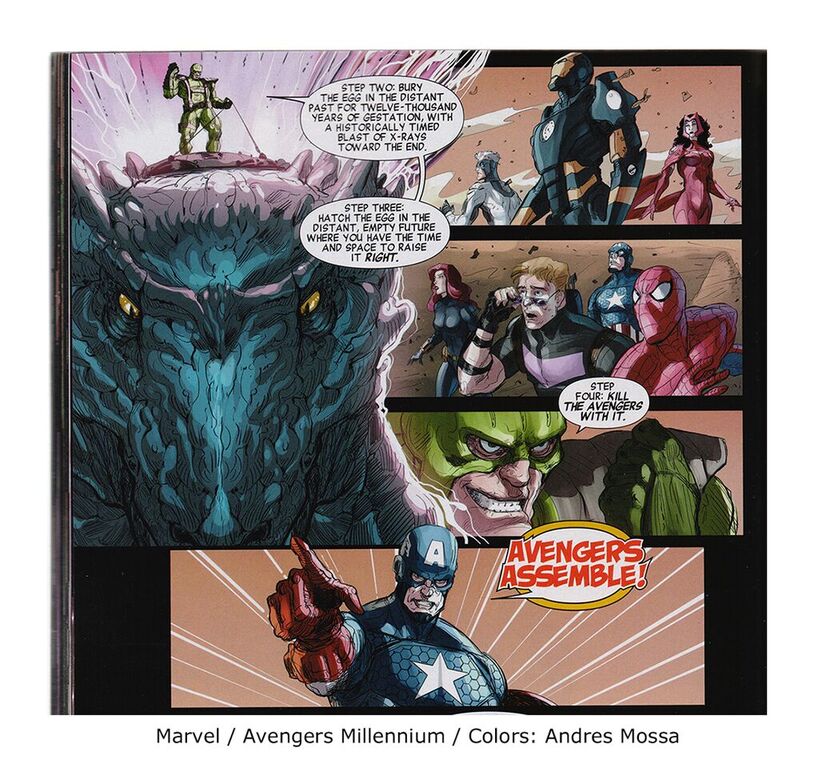
What’s the most enjoyable part of your job?
Except the drawing itself, I like the research process and collecting references before the actual sketching.
I always find something new which inspires me and has a good influence on my overall creativity. Also, I like to watch people and sketch their gestures. It’s because I mostly draw human figures in my comics.
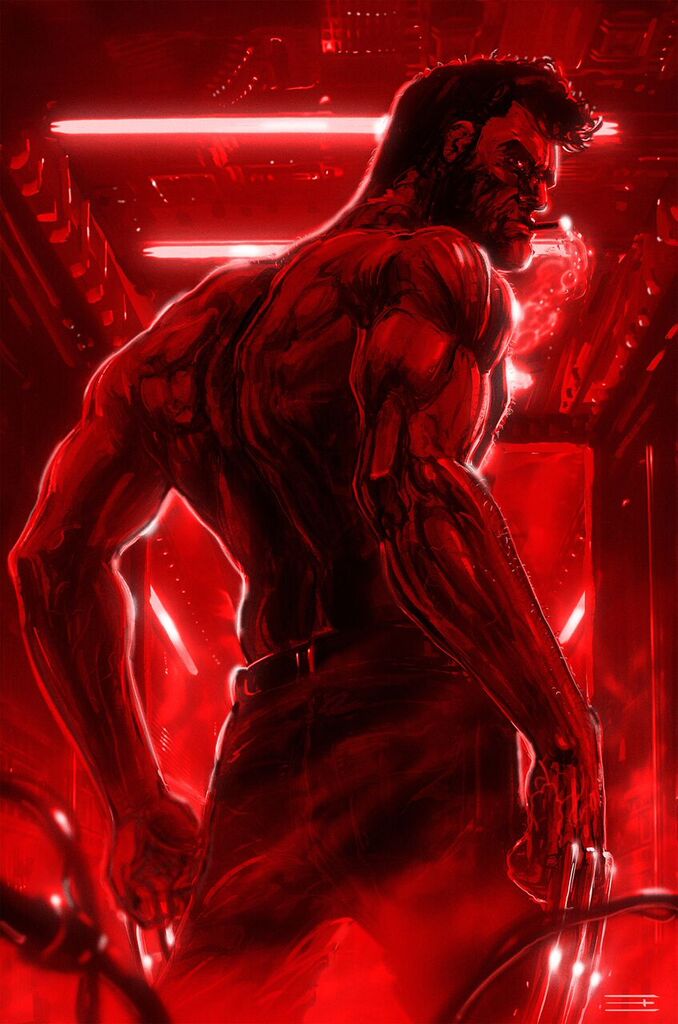
Tell us about some of your favorite past projects, other than those done with Marvel.
The comic Secret of Nikola Tesla, which was done according to Karim Zaimović’s story.
The adaptation of that comic was done by my friend Aleksandar Brezar, with whom I had a great co-operation. From the beginning, I understood how important this project was.
Karim and his works are quite meaningful, especially because of the period they were written in. It was important for me to reconstruct the atmosphere of Sarajevo under siege, the way that I experienced it.
Aside from that, I’d like to mention my illustrations for Molimao t-shirts, a brand from Sarajevo. The assignment was to make a robot reflecting the architectural style of Sarajevo.
The style was based on Japanese Gundam robot design, something I loved to draw when I was a child.
There are also Frames drawings with pencils and coal, the movie clips with which I graduated at the Academy of Fine Arts in Sarajevo, the cover for Billain EP record Colossus, a short animation for Colonize, and the second record and animation for a music video by Basheskia and Edward EQ.
What advice would you give to those aspiring to join your profession?
Good scheduling and hard work. Drawing is very important, you need to make a habit out of it so you can draw every day. And never stop. While drawing, you learn to see the environment from other perspectives and notice different forms in nature.
Also, it’s important to observe how other people work. It’s not bad to copy the way that great masters do, because they already have some of their own rules.
Of course, you should be able to stop yourself from copying too much so it doesn’t become plagiarism.
Also, it’s important to establish contacts and hang out with creative people, artists who are better than you and who have more experience than you do because you can learn a lot from them. And of course, build a good network of acquaintances.
Discover the art of Enis Cisic here.
Read similar stories here.
Support us!
All your donations will be used to pay the magazine’s journalists and to support the ongoing costs of maintaining the site.
Share this post
Interested in co-operating with us?
We are open to co-operation from writers and businesses alike. You can reach us on our email at cooperations@youthtimemag.com/magazine@youthtimemag.com and we will get back to you as quick as we can.
